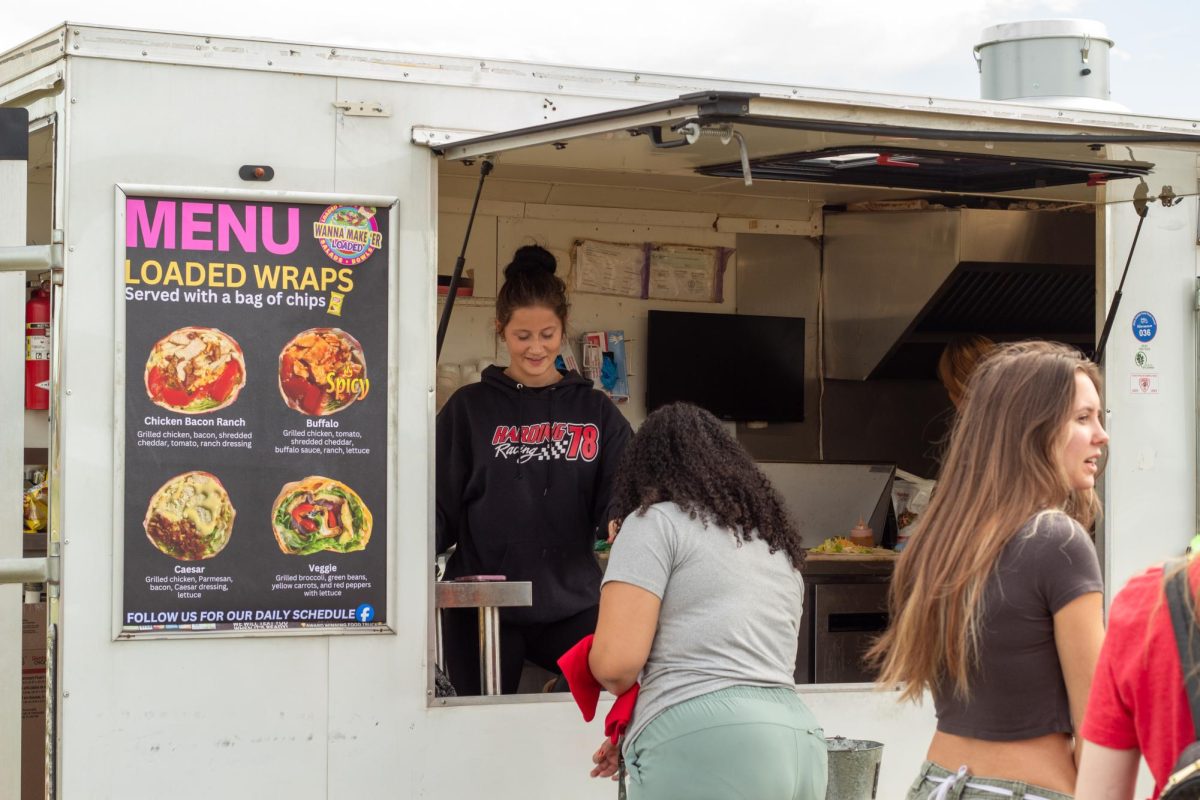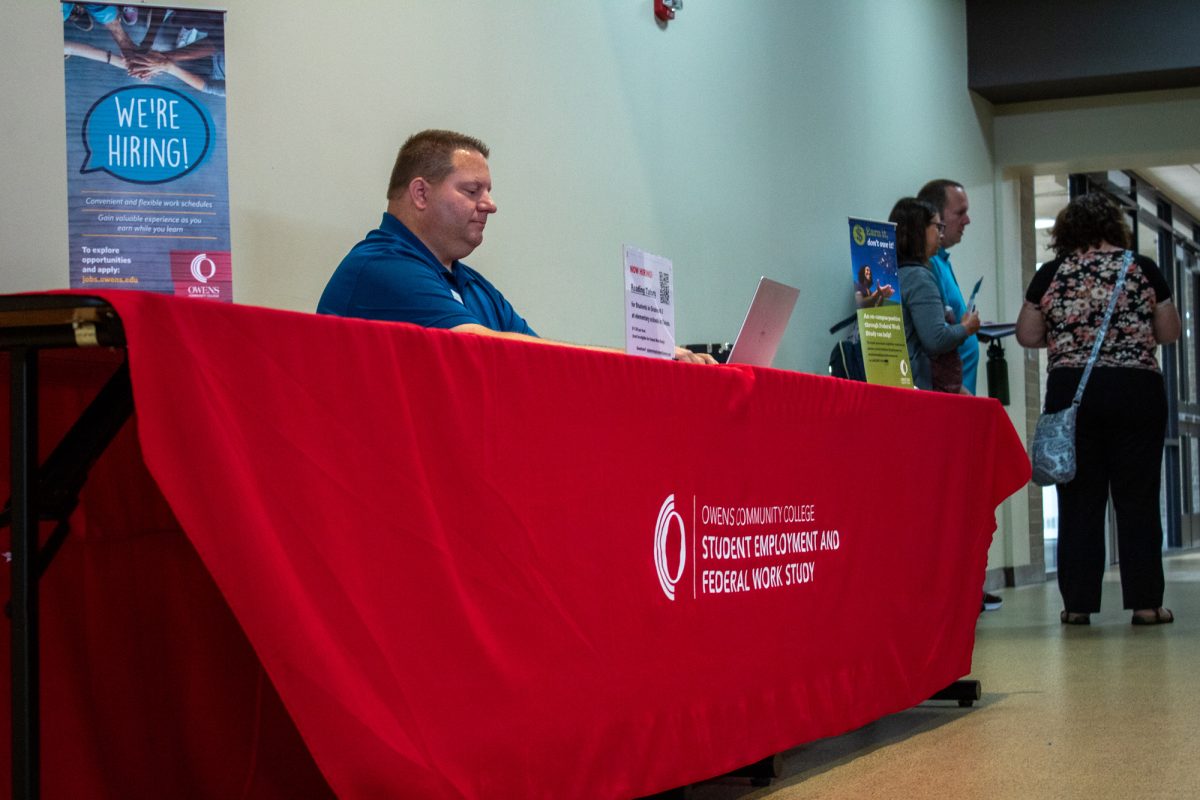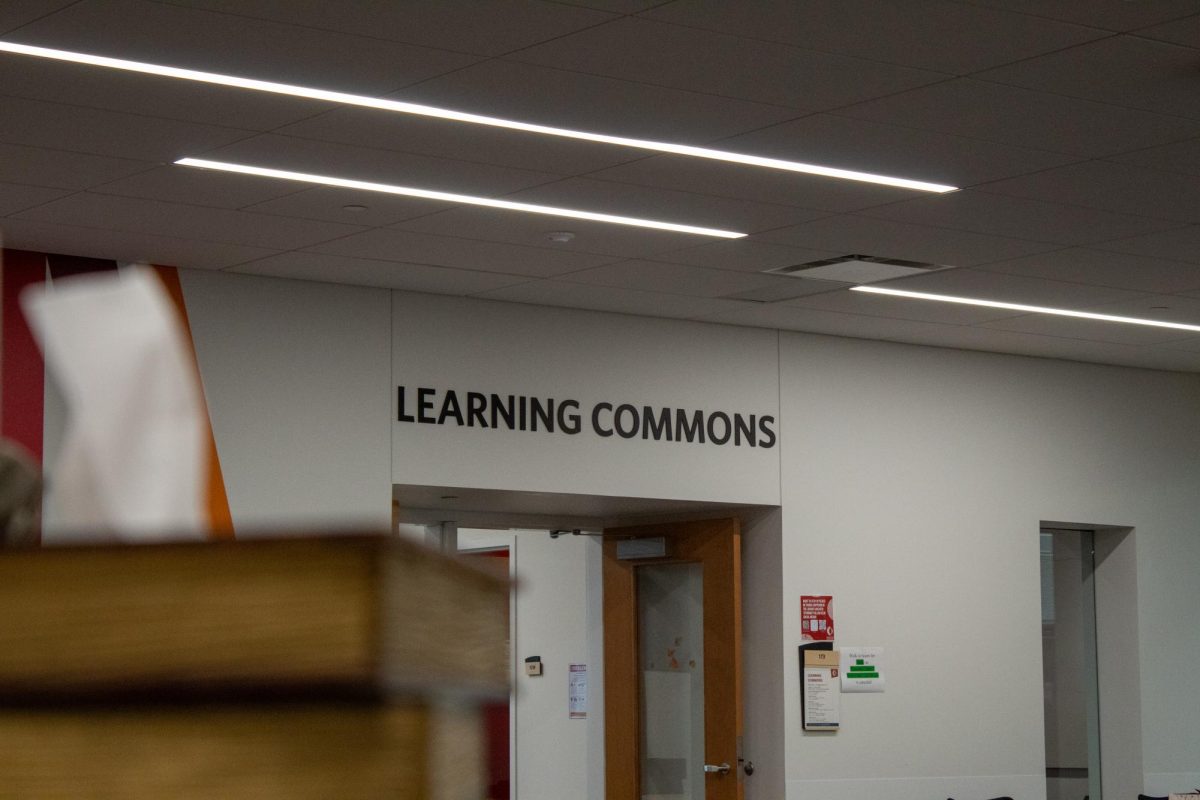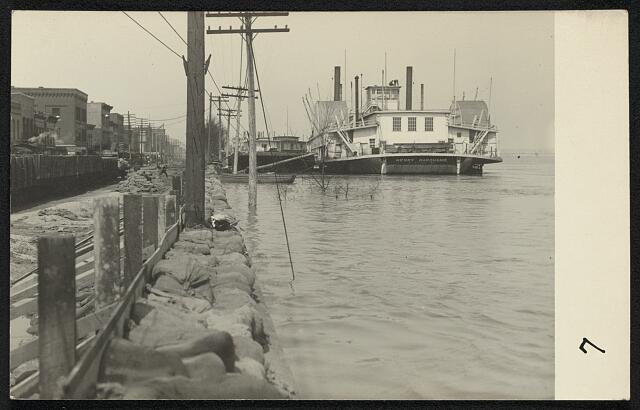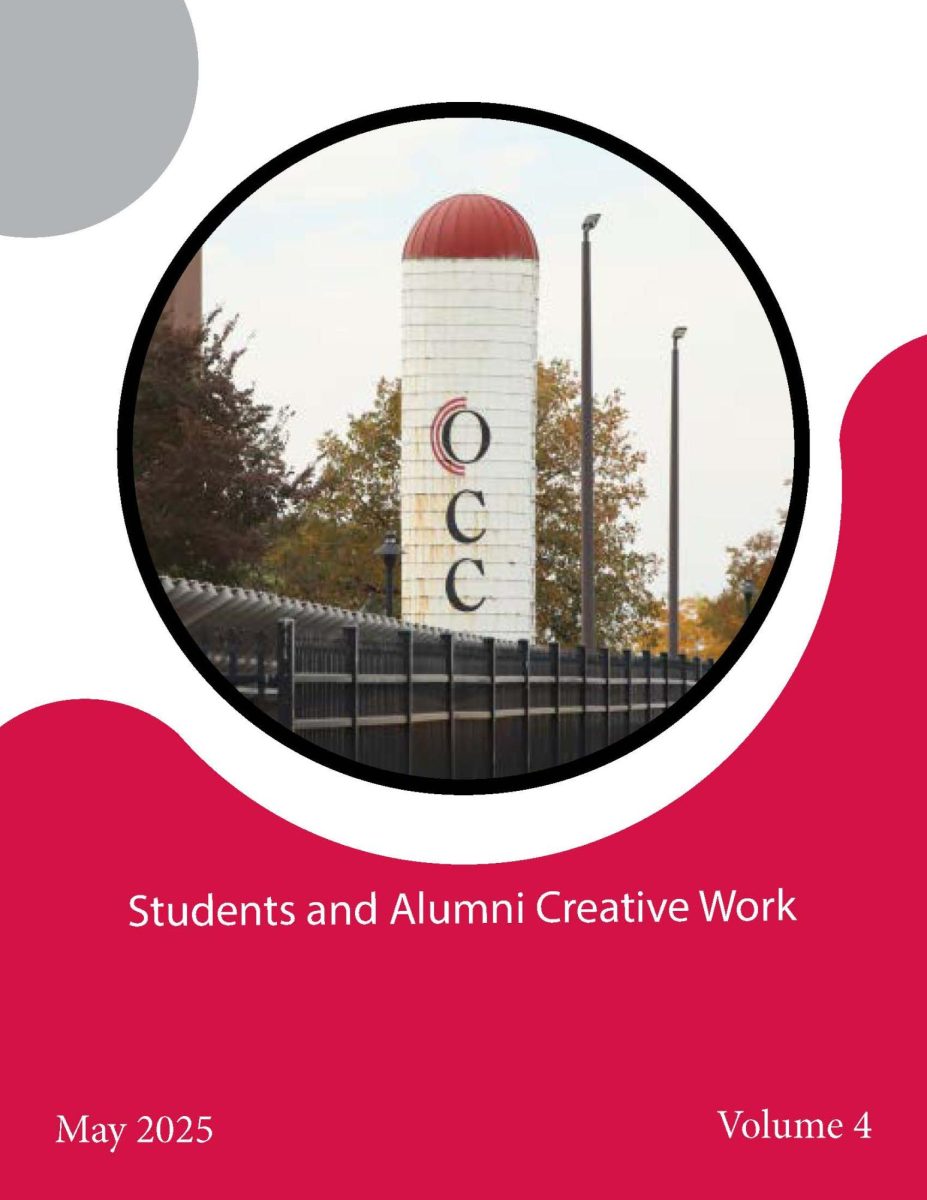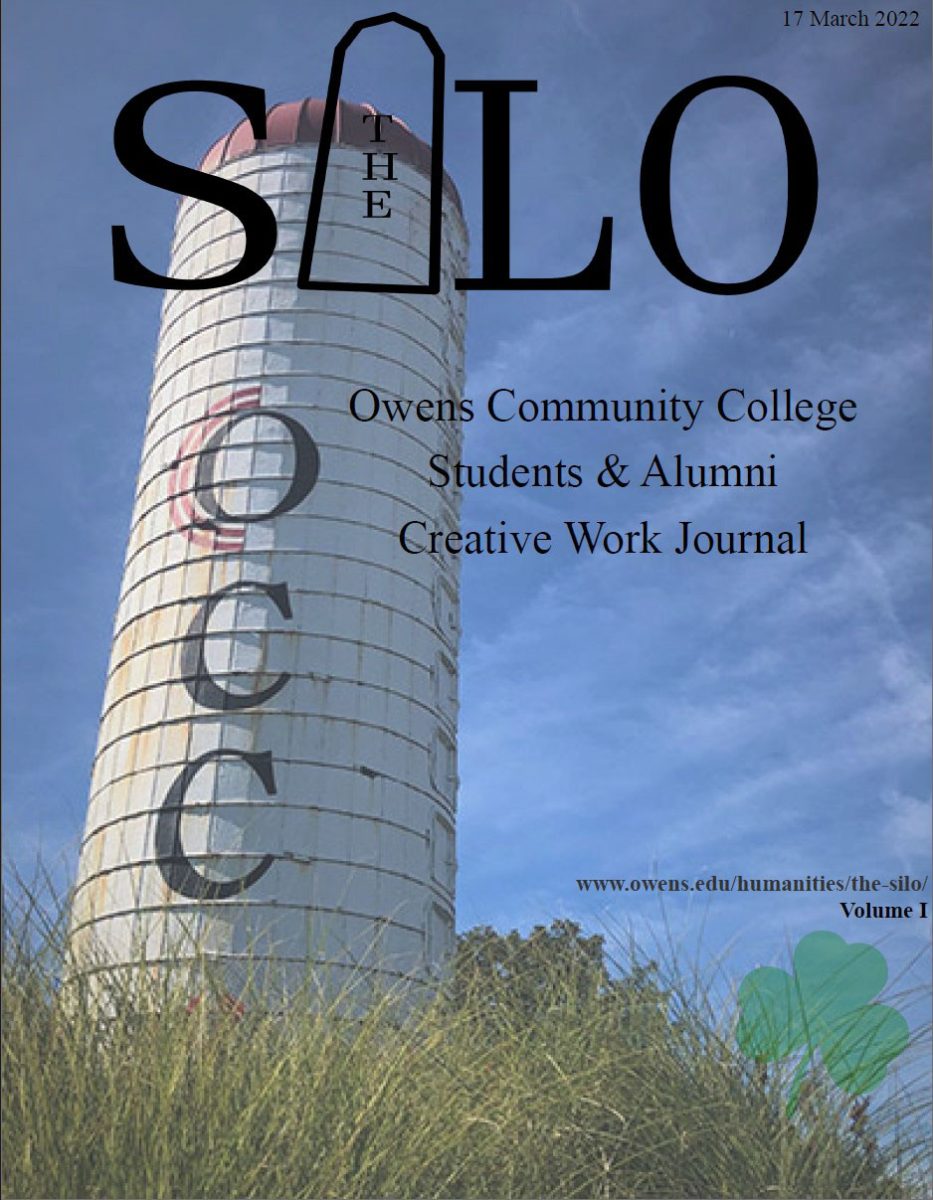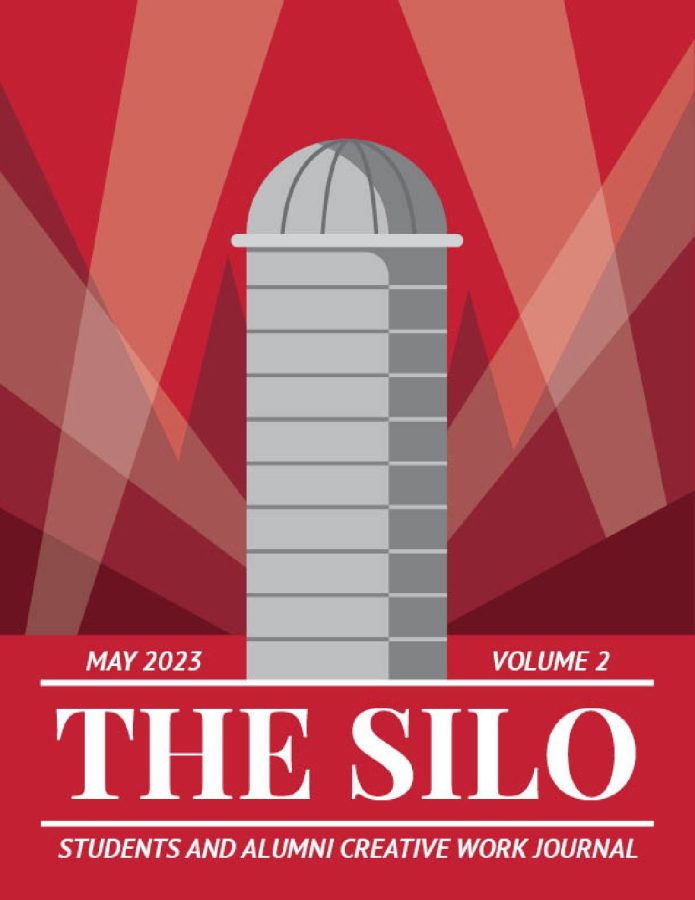About 20% of the 4 to 7 million Native Americans who live in the United States do so on reservations. Reservations are areas of land which the United States recognizes as independent sovereign nations due to treaties signed by both the indigenous peoples and the United States Government.
While these treaties have a history of being repeatedly broken by the United States and of being signed under duress, they are what affords the Indigenous Americans the land they have.
These reservations have an objectively high poverty rate of 29.4% for individuals and 36 percent for families compared to the 11.5% national average. The elevated poverty rate compared to the national average is due to the systemic discrimination and genocide the indigenous people faced, and still experience, at the hands of the United States government. As a result, Native Americans lack the generational wealth, income, and access to education which every nation depends on to prosper.
Due to these shortfalls, Native American Reservations are a third-world nesting doll hidden inside of a first-world nation. Reservations do not have the funding to properly maintain their infrastructure which is a barrier to economic development.
Even their most basic human needs are often not being met with almost half of tribal homes not having access to reliable clean drinking water or sanitation. How can a family in the wealthiest nation in the history of the world be subject to conditions we would expect from absolute poverty that create a situation where even water is a struggle to reach?
To’hajiilee residents in Albuquerque have been waiting since 2006 for a water pipeline project to begin. The residents are forced to draw water from wells which declare “not for human consumption”; water which can be filled with heavy metals and forever chemicals.
The pipeline is expected to start construction in 2024, with an estimated completion date of 2025. A strong promise for a project which has already been delayed from its original completion date of 2023. And despite this good news, residents must still ask the questions of how much access to this water will cost them and whether houses not already connected to the local water system infrastructure will gain access to the clean water.
Until the pipeline is completed, residents must resort to driving long distances to buy fresh water. An expensive necessity which is hampered by whether a family has a reliable vehicle to make the trip. Even road conditions impede access to fresh water; dirt roads and culverts sit on a long list of desperately needed repairs throughout the country.
Native American Reservations frequently use unpaved dirt roads which have deteriorated over time to dangerous conditions; these roads can leave entire towns stranded during natural disasters like flooding, heavy rains, blizzards, and frost thaws.
Dilapidated roads and access to clean drinking water are only two issues on an exhaustive laundry list of infrastructure deficits faced by the residents of Native American Reservations. These conditions are unacceptable and an embarrassment, a constant reminder of the past and continued mistreatment of those who were here first.






